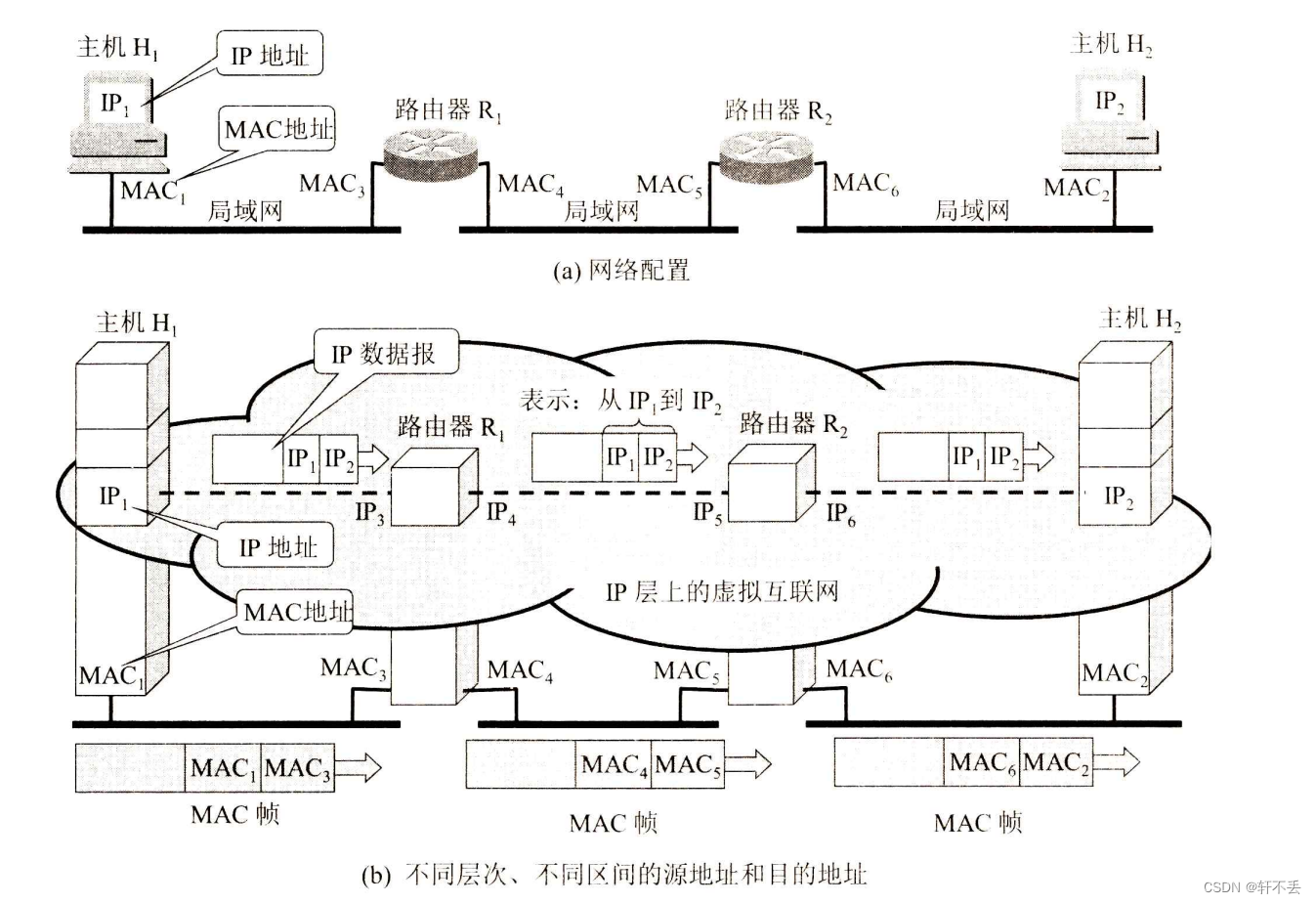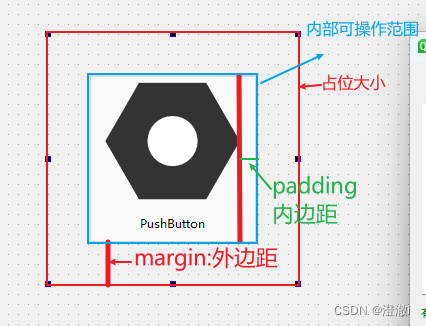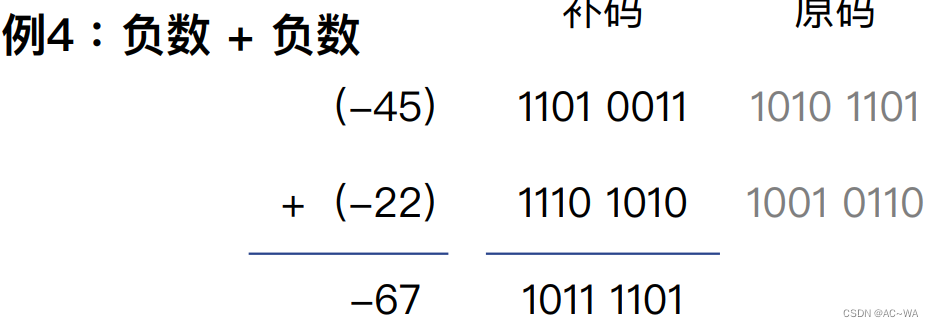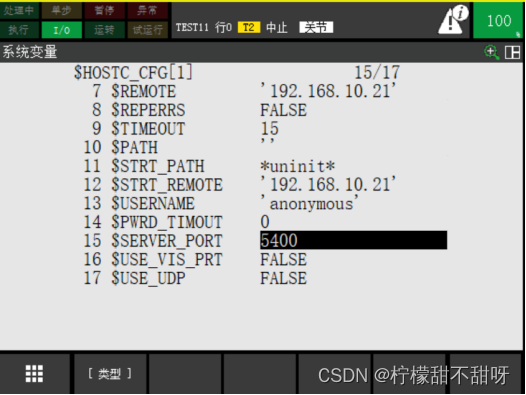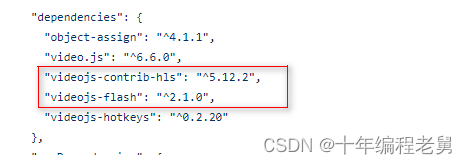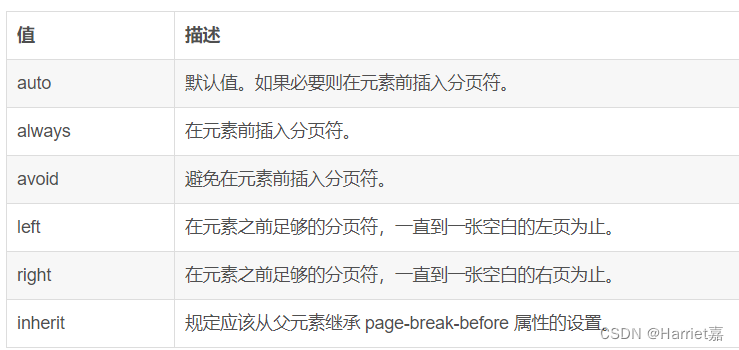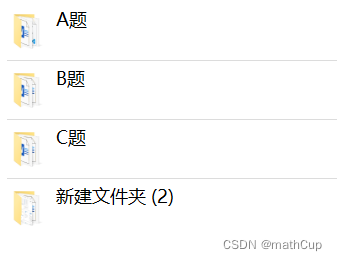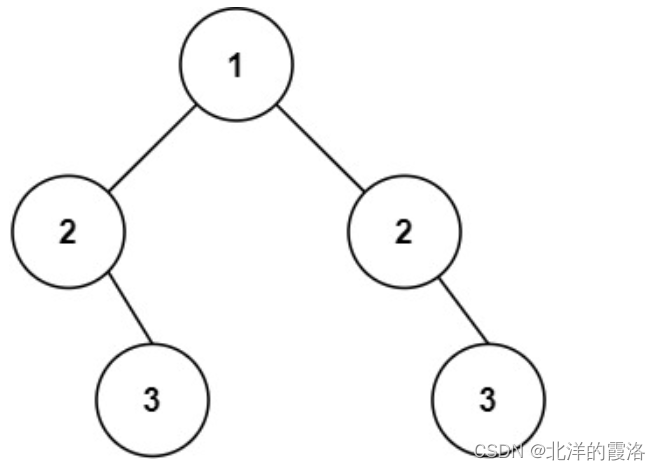spring.io/quickstart
本期课程讲解Spring官网的快速上手页面
官网地址 https://spring.io/quickstart
Spring Quickstart Guide

Spring 快速开始指南
Guide
指南
What you’ll build
接下来你将要构建的是什么?
build
构建
You will build a classic “Hello World!” endpoint which any browser can connect to. You can even tell it your name, and it will respond in a more friendly way.
您将构建一个经典的“Hello World!”任何浏览器都可以连接的端点。你甚至可以告诉它你的名字,它会以一种更友好的方式回应你。
You will build a classic “Hello World!” endpoint which any browser can connect to
你将要构建的是一个经典的 helloworld端点,任何浏览器都可以连接上。
classic 经典的
endpoint 端点,终端
browser 浏览器
connect 连接
You can even tell it your name, and it will respond in a more friendly way.
你甚至可以告诉它你的名字,它会以一种更友好的方式回应你。
respond 应答
What you’ll need
你需要什么
An Integrated Developer Environment (IDE)
一个集成开发环境
Integrated 集成
Developer 开发
Environment 环境
Popular choices include IntelliJ IDEA, Spring Tools, Visual Studio Code, or Eclipse, and many more.
比较流行的选择包括 IntelliJ IDEA, Spring Tools, Visual Studio Code, 或者Eclipse,等等。
include 包含,包括
A Java™ Development Kit (JDK)
对jdk的要求
We recommend AdoptOpenJDK version 8 or version 11.
我们推荐使用 AdoptOpenJDK 8 或者 11版。
recommend 建议,推荐
Step 1: Start a new Spring Boot project
第一步,创建一个新的springboot项目
Step 步骤
project 项目
Use start.spring.io to create a “web” project.
使用start.spring.io这个网站创建一个web项目
create 创建
In the “Dependencies” section search for and add the “web” dependency as shown in the screenshot.
在“依赖项”部分,搜索并添加“web”依赖,如屏幕截图所示。
Dependencies 依赖
section 一部分
search搜索
shown in … 如xx所示
screenshot 屏幕截图

Hit the green “Generate” button, download the zip, and unpack it into a folder on your computer.
点击绿色的生成按钮,下载zip文件,并将其解压缩到你电脑上上的一个文件夹里。
Hit 点击
Generate生成
button 按钮
download 下载
zip 压缩格式
unpack 解开,解压缩
folder 文件夹
Step 2: Add your code
第二步,添加你的代码
Open up the project in your IDE and locate the DemoApplication.java file in the src/main/java/com/example/demofolder.
用ide打开刚下载的项目,并在src/main/java/com/example/demo文件夹中找到DemoApplication.java文件
locate 定位,位于
Now change the contents of the file by adding the extra method and annotations shown in the code below.
现在,修改文件内容,添加一些额外的方法和注解,如下代码所示
change 改变,修改
contents 内容
file 文件
extra 额外,扩展
method 方法
annotations 注解(不是注释)
package com.example.demo;
import org.springframework.boot.SpringApplication;
import org.springframework.boot.autoconfigure.SpringBootApplication;
import org.springframework.web.bind.annotation.GetMapping;
import org.springframework.web.bind.annotation.RequestParam;
import org.springframework.web.bind.annotation.RestController;
@SpringBootApplication
@RestController
public class DemoApplication {
public static void main(String[] args) {
SpringApplication.run(DemoApplication.class, args);
}
@GetMapping("/hello")
public String hello(@RequestParam(value = "name", defaultValue = "World") String name) {
return String.format("Hello %s!", name);
}
}
You can copy and paste the code or just type it.
你可以直接复制粘贴代码,或者自己敲。
The hello() method we’ve added is designed to take a String parameter called name, and then combine this parameter with the word "Hello" in the code.
hello()这个方法是我们添加的,我们把它设计成了一个可以接受String类型参数的方法,这个参数名是name,在方法体里,连接了"Hello"这个词。
designed 设计的
take a String parameter 获取到一个String类型的参数
combine 连接,联合
This means that if you set your name to “Amy” in the request, the response would be “Hello Amy”.
这么写的意思是,如果在请求发过来的时候name这个参数被设置成了amy,那么响应的结果就是“Hello Amy”
request 请求
response 响应
The @RestController annotation tells Spring that this code describes an endpoint that should be made available over the web.
@RestController这个注解告诉Spring,我们的这些代码想要开启一个可用的web服务端点
describes 描述
The @GetMapping(“/hello”) tells Spring to use our hello() method to answer requests that get sent to the http://localhost:8080/hello address.
@GetMapping(“/hello”) 这个注解写在了hello()这个方法上,告诉Spring我们想用这个方法应答请求,当请求地址为http://localhost:8080/hello时会执行这个方法
address 地址
Finally, the @RequestParam is telling Spring to expect a name value in the request, but if it’s not there, it will use the word “World” by default.
最后,@RequestParam 告诉Spring在处理请求时,期望接收到一个传递过来的'name'值,但是如果没有传值过来那么就使用' World '这个词作为默认值。
expect 期望
default 默认

